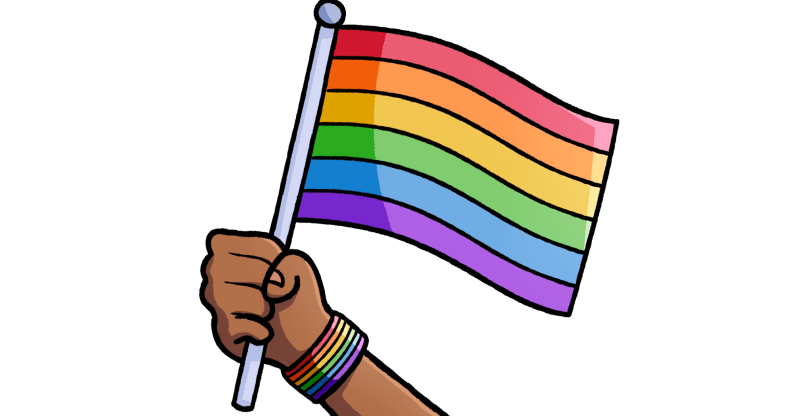Most women are either gay or bisexual but ‘never straight’, says study

New research suggests that women who identify as heterosexual ‘very rarely are’.
The study – led by Dr Gerulf Rieger from the Department of Psychology at the University of Essex – involved 345 women.
The subjects were shown a series of videos and had their responses recorded – including whether their pupils dilated in response to sexual stimuli.

The results found that straight women were strongly sexually aroused by videos of both attractive men and attractive women – despite identifying as heterosexual.
By contrast, women who identified as lesbians exhibited a much stronger sexual response to women than to men.
Researchers found that lesbians were the most like heterosexual men in their responses because it is usually men who show distinct sexual responses to their favourite sex.
“Even though the majority of women identify as straight, our research clearly demonstrates that when it comes to what turns them on, they are either bisexual or gay, but never straight,” Dr Rieger said.
He went on to say that his study also rubbished the stereotype that lesbians who dress in a more masculine way may have more masculine behaviours.

“Although some lesbians were more masculine in their sexual arousal, and others were more masculine in their behaviours, there was no indication that these were the same women,” he said.
“This shows us that how women appear in public does not mean that we know anything about their sexual role preferences.”
Earlier this year, a similar study found that half of all young people in the UK do not identify as 100% straight.
YouGov asked 1632 people to plot themselves on a Kinsey scale of sexuality, from 0 (exclusively heterosexual) to 6 (exclusively homosexual).
Just 46% of young people (aged 18-24) would rank themselves as 0 (exclusively heterosexual) – compared to 49% who picked something else.
However, the sharp increase is not due to a much greater proportion of people who are exclusively gay – with just 6% identifying as exclusively homosexual.
Rather, 43% of people identify themselves as somewhere between exclusively homosexual and exclusively heterosexual – showing people increasingly see sexuality in a less polarised way.

